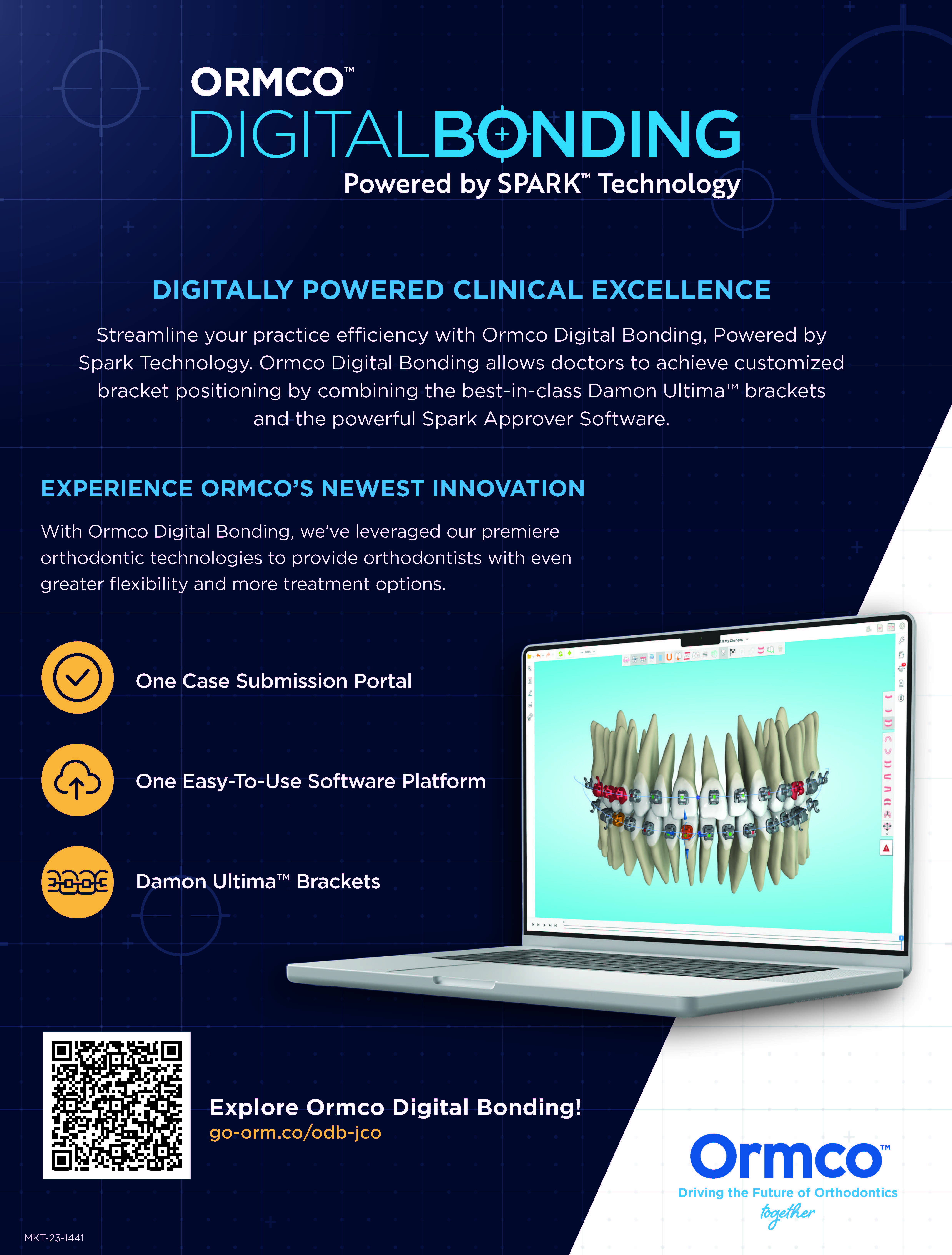“When you hear hoofbeats, think of horses, not zebras,” is a popular clinical aphorism coined in the 1940s by Dr. Theodore Woodward, a renowned researcher and chairman at the University of Maryland Medical School. This saying, repeated ad nauseam to medical students, reminds practitioners that common ailments are more likely than rare ones. Therefore, rather than search for obscure diseases, doctors should prioritize the most probable diagnoses when determining a patient’s appropriate course of treatment.
Diagnosis is crucial in orthodontic treatment planning. Unfortunately, because of the constraints of our busy practices, we tend to rush this important step, instead diagnosing many patients on the fly, sometimes based on partial records or a virtual screening alone. We hurry to deliver appliances to reach our daily revenue goals and then “treatment plan” the patient at each appointment. The consequences of this behavior include prolonged treatment, the need for multiple appliances, and incomplete correction of the malocclusion.
Consider an adolescent female diagnosed with a hyperdivergent Class II, division 1 malocclusion. An appropriate treatment plan might include a type I Herbst appliance, high-pull headgear, extraction of two upper premolars, or future orthognathic surgery with Le Fort I impaction, rotational bilateral sagittal split osteotomy, and advancement genioplasty. In contrast, Class II elastics would be contraindicated, as they would extrude the lower first molars and rotate the mandible clockwise, worsening the profile.
Similar articles from the archive:
- THE EDITOR'S CORNER Ortho-Heuristics April 2024
- THE EDITOR'S CORNER The JCO Clinical Advisory Council December 2023
- THE EDITOR'S CORNER The ABCs of TBCs March 2023
Now consider an adolescent male diagnosed with a hypodivergent Class II, division 2 malocclusion. An appropriate treatment plan might include a type II Herbst appliance, cervical headgear, Class II elastics with anterior bite turbos, or future orthognathic surgery with Le Fort I downfracture and bilateral sagittal split osteotomy with tripod advancement. Though upper-premolar extractions would not be contraindicated, in the absence of surgery, these cases typically can be treated nonextraction, even if there is substantial crowding.
In both of these cases, the success and efficiency of treatment is determined by the diagnosis, not the type of appliance used.
The importance of diagnosis was discussed at this year’s JCO editorial board meeting. As a result, we are introducing Diagnostic Challenge, a new monthly department in which we present pretreatment records such as those featured in the AAO Resident Case Display. Readers are encouraged to review the records and share their diagnoses and treatment plans in the comments on our website. Answers will be revealed in the following issue. This will serve as a critical-thinking exercise and help prepare our readers for the Scenario-Based Clinical Examination, an ABO certification requirement.
I am excited to have two members of our board, Drs. Shawn Miller and Gayle Glenn, overseeing this new section. Dr. Miller has been an integral reviewer, and I have enjoyed collaborating with him on numerous JCO publications. Dr. Glenn is among the country’s top clinicians. She served as the AAO president in 2013-2014 and is currently the Graduate Orthodontic Clinic Director at the Texas A&M School of Dentistry. Both of them are recertified ABO diplomates.
Interestingly, Woodward worked across the street from the Baltimore College of Dental Surgery, the world’s first dental school. While his heuristic, “horses, not zebras,” urges medical students to seek simple solutions when confronted with complex issues, because common ailments occur commonly, it also alludes to the importance of establishing an accurate diagnosis before rendering treatment. The same rule applies in orthodontics. As a seasoned jockey will tell you, if you get the diagnosis correct, you’re already in the homestretch.
NDK



COMMENTS
.